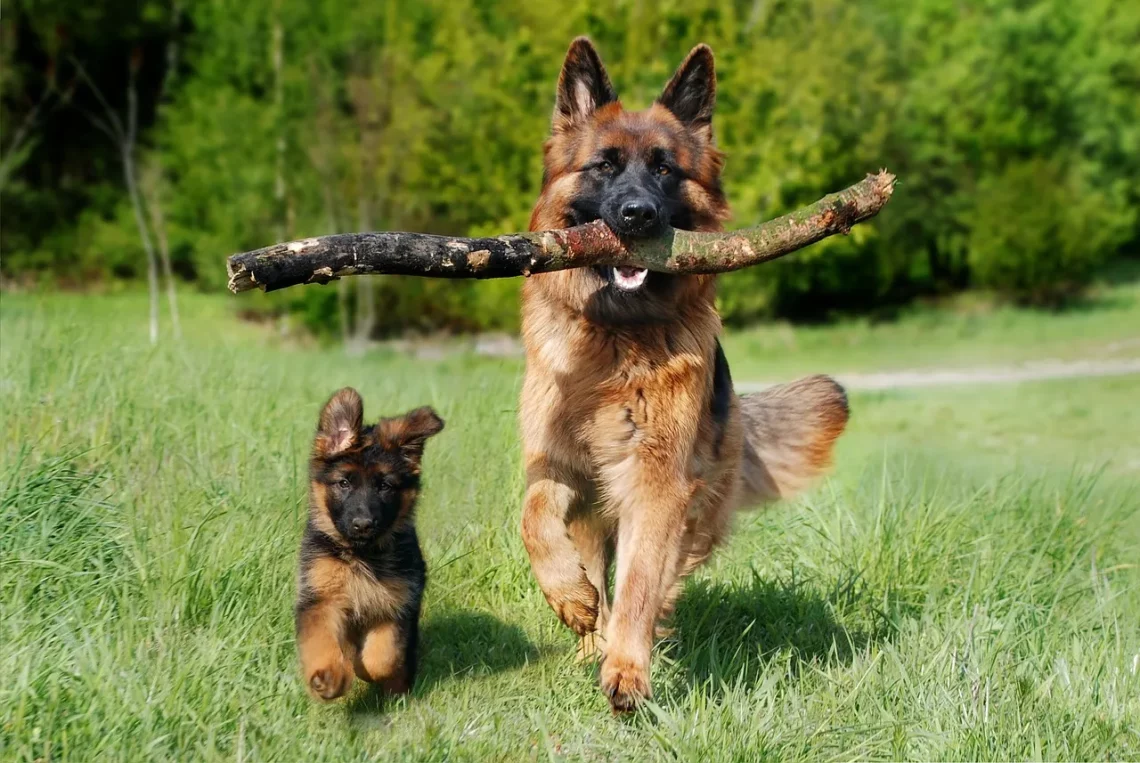
Understanding and Caring for a Dog with Vision Impairment
Understanding and Caring for a Dog with Vision Impairment
Caring for a dog is a rewarding experience filled with joy, companionship, and love. However, when faced with the challenge of a dog with vision impairment, the journey can become complex. Just like humans, dogs can suffer from various forms of vision loss, which can significantly impact their quality of life. This condition can stem from a range of causes, including genetic factors, age-related degeneration, or health issues such as cataracts and glaucoma.
Owners of visually impaired dogs often find themselves navigating a new landscape of care, requiring patience, understanding, and a willingness to adapt. The bond between a dog and its owner can remain strong, regardless of the hurdles presented by vision loss. With the right approach, it is possible to enhance their environment, ensuring they continue to thrive both physically and emotionally. Throughout this article, we will explore various aspects of caring for your furry friend, from understanding their unique needs to practical tips for creating a safe and enriching home environment.
Recognizing the Signs of Vision Impairment
Recognizing the signs of vision impairment in dogs is crucial for early intervention and care. Owners should be vigilant about changes in their dog’s behavior, as these can often indicate a decline in vision. Common signs include bumping into objects, difficulty navigating stairs, hesitance in unfamiliar environments, and an increase in clinginess or anxiety.
It’s important to observe how your dog interacts with their environment. If they seem disoriented or have difficulty locating toys or food, these may be red flags. In some cases, dogs may exhibit changes in their eating habits, such as becoming more cautious or hesitant when approaching their food bowl.
Another noticeable sign might be a change in their overall activity level; a dog that was once playful and energetic may become withdrawn or less willing to engage in activities they once enjoyed. Additionally, pay attention to their eye appearance; cloudy eyes or unusual movements can also signal vision issues.
If you suspect your dog has impaired vision, it is essential to consult with a veterinarian. They can provide a thorough examination and determine the underlying cause of the problem. Early diagnosis can lead to better management options and improve your dog’s quality of life. Remember, while it can be disheartening to realize your dog is facing such challenges, many dogs continue to lead fulfilling lives with proper care and adjustments.
Creating a Safe Environment for Your Dog
Once you have recognized the signs of vision impairment, the next critical step is to create a safe and accommodating environment. Dogs rely heavily on their senses, particularly smell and hearing, when navigating their surroundings. By modifying your home, you can help your visually impaired dog feel secure and confident.
Start by minimizing obstacles that could pose a risk. Clear pathways in rooms and ensure that furniture is arranged consistently. Avoid rearranging furniture frequently, as this can confuse your dog and lead to accidents. Use baby gates to block off stairs or areas that could be dangerous, and consider using rugs or mats to define spaces, which can also help them navigate more easily.
In addition to physical adjustments, consider using auditory cues to guide your dog. This can be accomplished through verbal commands or even bells placed at strategic points in your home, such as near doorways or in areas where they usually eat or play. These sounds can help your dog orient themselves and feel more secure in their movements.
Tactile markers can also be beneficial. For instance, you might use textured mats to help your dog recognize different areas of your home. Training your dog to respond to specific sounds or commands can enhance their confidence and independence.
Furthermore, it’s essential to provide a consistent routine. Dogs thrive on predictability, and maintaining a daily schedule for meals, walks, and playtime can help reduce anxiety. By establishing a secure environment, you will empower your visually impaired dog to navigate their world with greater ease and confidence.
Enriching Your Dog’s Life Despite Vision Loss
Living with vision impairment doesn’t mean that your dog has to miss out on the joys of life; in fact, with a few adaptations, you can provide a rich and fulfilling experience for them. Engaging activities that stimulate their other senses can enhance their quality of life and keep them mentally and physically active.
Interactive toys that make noise or have varied textures can be particularly engaging for visually impaired dogs. Scented toys or puzzles that require the dog to use their nose can provide hours of entertainment. Additionally, you can create scent trails using treats to encourage them to explore their surroundings in a fun and engaging way.
Regular exercise is crucial for all dogs, but it becomes even more important for those with vision impairment. Leash training becomes essential, allowing you to guide your dog safely during walks. Consider visiting familiar parks or areas where your dog can explore safely. The use of a long leash can give your dog a sense of freedom while still allowing you to maintain control.
Social interaction also plays a vital role in your dog’s happiness. Arrange playdates with other dogs, ensuring that they are aware of the surroundings. This can help them learn how to navigate and play without relying on sight.
Furthermore, training sessions can be adapted to focus on enhancing your dog’s other senses. Teaching commands through touch and sound can improve communication between you and your dog, fostering a stronger bond. Remember, patience is key. Celebrating small achievements can motivate your dog and build their confidence.
By enriching your dog’s life with thoughtful activities and consistent engagement, you create an environment that not only accommodates their needs but also allows them to thrive.
Seeking Professional Guidance and Support
When caring for a dog with vision impairment, it is essential to seek professional guidance and support. Veterinarians play a crucial role in diagnosing and managing the condition, providing insights into potential treatments or adjustments that may help improve your dog’s situation. Regular check-ups can help monitor any changes in your dog’s condition and ensure that their overall health is maintained.
In addition to veterinary support, consider consulting with a professional dog trainer who has experience working with visually impaired animals. A trainer can offer personalized strategies to help your dog adapt to their condition while reinforcing positive behaviors. They can guide you on the best training techniques that cater specifically to your dog’s needs.
Support groups for dog owners with similar challenges can also be invaluable. Connecting with others who have experienced similar situations can provide emotional support, practical advice, and a sense of community. Online forums, local meet-ups, and social media groups can be excellent resources for sharing experiences and tips.
Remember, you are not alone in this journey. Many pet owners have successfully navigated the challenges of caring for a visually impaired dog, and their insights can be a source of inspiration and guidance.
Lastly, always trust your instincts as a pet owner. If you feel that something is off with your dog’s health or well-being, do not hesitate to reach out to a professional. Your dog’s happiness and health should always be your top priority.
**Disclaimer:** This article is not intended as medical advice. For any health-related concerns regarding your dog, please consult a qualified veterinarian for professional guidance and support.




